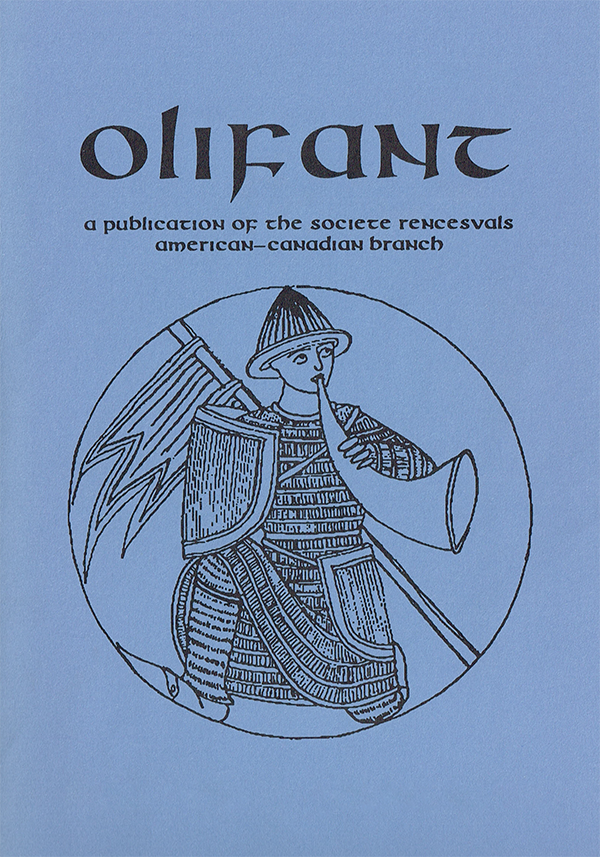De la vieille forteresse à la prison : Représentations du “locus horribilis” dans l’épopée
Main Article Content
Abstract
When pursued by the Saracens, French knights of the chansons de geste are often saved by the fortuitous presence of that providential safe haven, the ancient fortress. This castle-sanctuary is atypical in many respects and has very little in common with other epic medieval “castles,” in spite of its identical denomination. In our corpus, both the Prise de Cordres and the Chanson de Jerusalem devote a great deal of ink to this singular space, a space where Christian knights find refuge from their Saracen pursuers before being besieged by them. The castle has typically been abandoned for some time and seems only ever to have served as a military outpost. Often we find a completely abandoned castle which corresponds to the “haunted castles” of fairy tales, as it frequently contains some fantastical elements, as well as horrible beasts and birds which make their lair there. The prison in these two texts likewise represents a space haunted by all manner of vicious animals, and Christians here also find themselves unjustly imprisoned by their enemies. We will analyze the epic representation of these spaces and attempt to explain their presence in each of these texts.
Downloads
Download data is not yet available.
Article Details
Section
Papers / Communications
